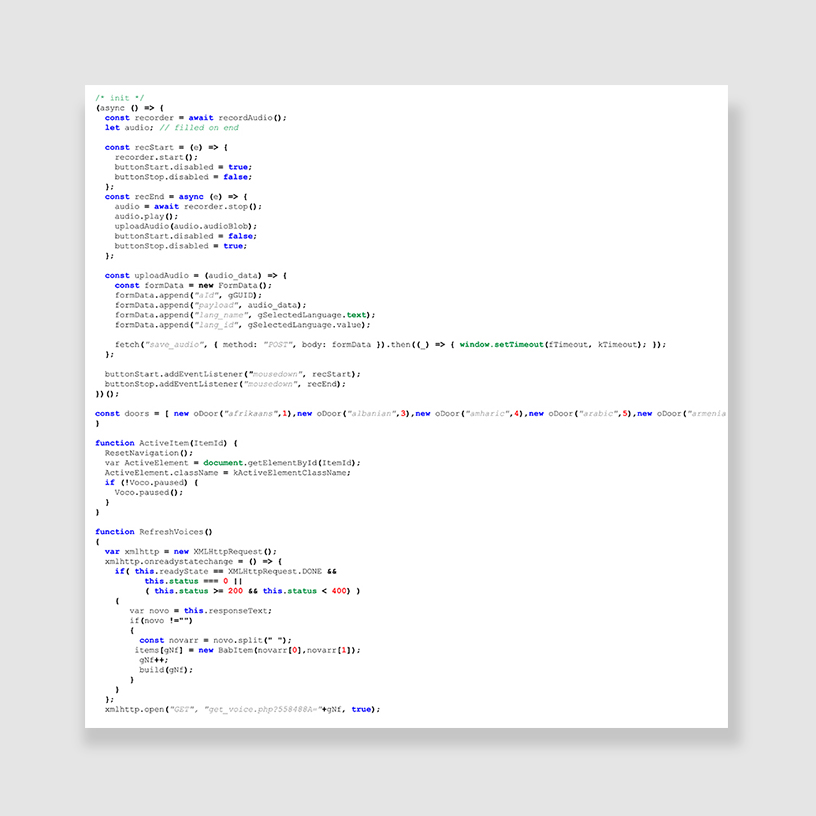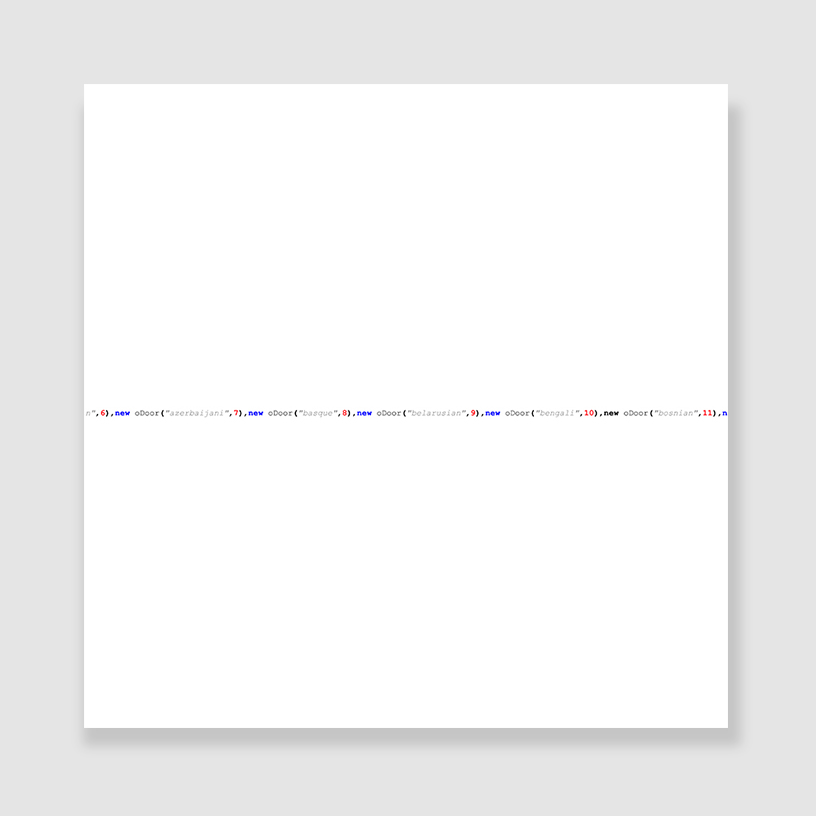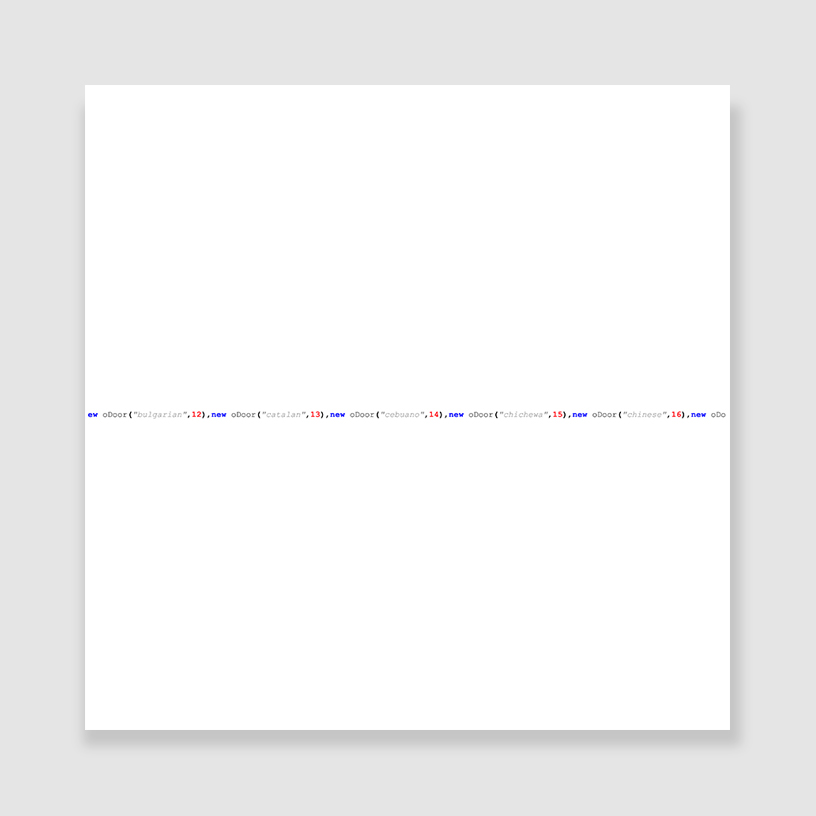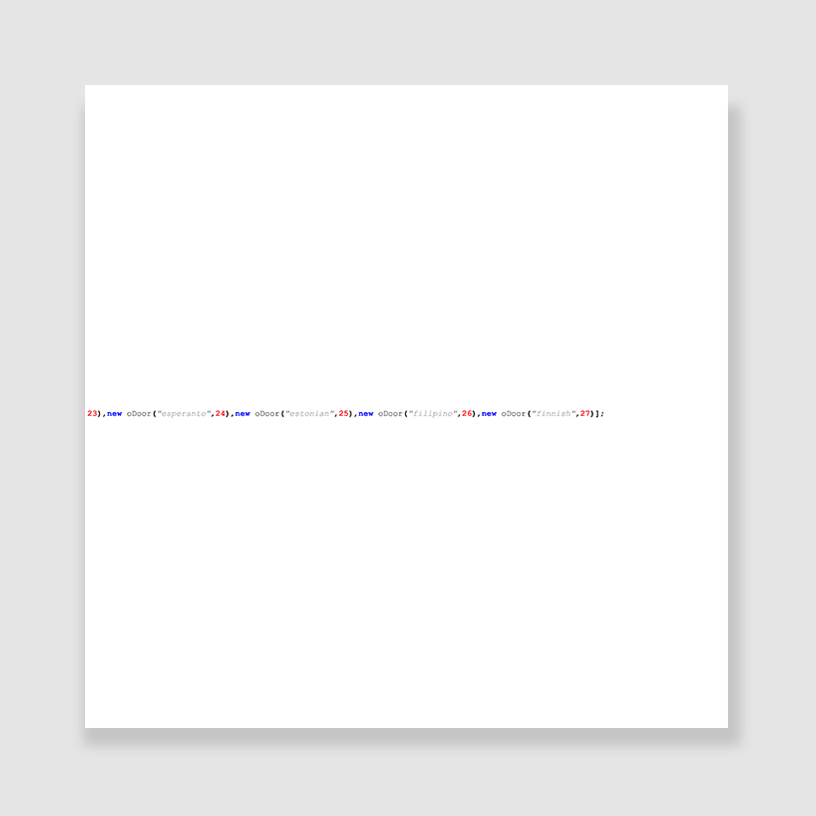b A(I) b y l o n AI-art. Artificial Intelligence Project. Web application.

Therefore, is the name of it called Babel; because the Lord did there confound the language of all the earth: and from thence did the Lord scatter them abroad upon the face of all the earth.
Genesis 11:9
The bA(I)bylon project was created in 2022 1. This web application based on the work of artificial intelligence interprets the biblical story of the Tower of Babel from the standpoint of postmodern philosophy. Today, philosophers talk about the need to achieve pluralism in society, respect for minorities and point out the value of difference. I visualize all these problems of modern society in my work and offer my own individual solution.
The Tower of Babel is the subject of a biblical tradition described in Genesis 11:1–9 2. According to this legend, after the Flood, humanity was represented by one people who spoke the same language. Then people decided to build a city, which they called Babylon and a tower to heaven, in order to "make a name for themselves." The construction of the tower was interrupted by God, who made people speak in different languages. After that, they ceased to understand each other, could not continue the construction of the tower and scattered throughout the earth.
– Thus, the story of the Tower of Babel explains the appearance of various languages after the Flood, and the tower itself becomes a symbol of separation.
I place the action of building the Tower of Babel in the modern computer age. Through my web-application, I invite all peoples of the earth to take part in the construction of the virtual Tower of Babel. Each person can say a few phrases into the microphone in their own language. The program recognizes what language a person speaks and “builds” a gate in the wall of the tower. Each gate is an architectural symbol of the respective nation or language spoken by that nation, for a total of 109 languages that Google allows 3.
The gates are always open, they invite cooperation and talk together. The construction of the tower takes place against the backdrop of the biblical Negev desert of modern Israel – as a symbol of the continuity of eras. “Scrolling” all the floors of the tower, the audience will see how many people (nations) took part in the “construction”, they will hear the sound of various languages and see their original spelling nation or language spoken by that nation, for a total of 109 languages that Google allows.
– Thus, the construction of a “virtual”, ghostly tower will not play the role of separation, as in ancient history, but of the unification of all peoples and an active attempt to reconcile and integrate them.
In 2022, I defended my PhD thesis "Bio-art: When a Tree Becomes an Artwork" in Sorbonne, Art & Science Department. Studying the issues of interspecies and intraspecies communication, I came to understand the importance of "tools" of communication. One such tool today is artificial intelligence.
While working on my dissertation, I often came across information about the discoveries of scientists in the field of artificial intelligence and its new applications. Considering the turbulent situation in the world, the threat of nuclear war in connection with the war between Russia and Ukraine, the issues of building the possibilities of “normal communication” in our society are becoming increasingly important. The problems of "communication" have become for me an important part of my artistic and scientific research.
In the past, it was natural for people to know several languages. This can be seen on an old postcard kept in the Jewish Museum of Rhodes, Greece 4. On a small postcard, you can read messages in five different languages (2 Ladino, Turkish, Italian, Hebrew)! However, today, for example, in Russia, the study of foreign languages is not encouraged.
This creates mental barriers and leads to suspicion and fear of people from other cultures. But even ignorance of languages should not be an obstacle to common creativity and mutual understanding.
The main role of artificial intelligence in the project, is language recognition, but this role is not its only role. I want to let artificial intelligence compose logical text from passages absorbed in different languages. This will be an answer to the problem of "unification" 5.
Most often, the Tower of Babel is depicted in art as having many gates, leading to a compound of an inner temple. My idea is that when the artificial intelligence system recognizes the spoken language in the recording, it will add to the tower a gate identified with the cultural tradition associated with that language.
Thus, a tower is constructed of visual and audio "bricks", gates and sound clips.
The idea came to me a long time ago. A thorough and lengthy research work was done – I examined pictures of gates, and formulated architectural styles, typical of specific cultural areas. I converted the images to icons. Using Google Translate, I translated and positioned the word "Babylon" for all 109 supported languages. I chose the appropriate fonts for each of them. It is important to note that this is not the final work, but a demo. Work on the widget will be performed by professionals, software engineers, over several months.
When I was working on the creation of bA(I)bylon, I encountered the fact that Google still does not allow listening to many minority languages, such as Basque, Makedonian, Tatar, Welsh, Zulu, Yoruba and other languages. This can be seen as some form of discrimination against minorities 6. Also not without politics. When I was looking for a picture of Spain Gate, Google immediately gave me Triumphal Arch in Barcelona. I put this character in Spanish. Then I found out that the gate are in Barcelona, and they speak the Catalan language there. I had to put the gate on Catalan, and look for another symbol in Spanish 7.
I hope that projects like bA(I)bylon will remove existing barriers between people and provide new opportunities for communication. Today, the modernist ideas of deconstruction are being replaced by the ideas of reconstruction expressed by the philosophers of the metamodernist trend. It is no coincidence that the trend of recent years is to involve specialists from various fields in the work on projects - artists, philosophers, scientists and specialists in computer science. Unification today is the "call of the times".
The bA(I)bylon project is the very interdisciplinary project that is needed today to bring together "under one roof" international specialists from different countries and continents. Based on my experience of working on art and science projects at the Sorbonne, we can conclude that today in scientific projects it is necessary to use the principle of interactivity and immersion, which is characteristic of Contemporary Art. Only then the “passive”, in the past, role of science will become “active”, which will attract much more interested specialists and various kinds of enthusiasts to the topic of AI.
“The Library of Babel” (1941) is a short story by Argentine author and librarian Jorge Luis Borges, conceiving of a universe in the form of a vast library containing all possible 410-page books of a certain format and character set. It is interesting to note that for the writer the word “Babylon” in the title of the story is synonymous with universality. The bA(I)bylon project also aims to achieve this universality. Immersion turns out to be the conceptual nucleus of the project.
Shows:
- – JUST SCAN ME!. Group exhibition. The Jerusalem House of Quality, Jerusalem, Israel. Curators: Nataliya Kamenetskaya, Galina Bleikh.
- – Flying over borders. Group exhibition. Jerusalem Biennale 2023, Jerusalem, Israel. Curators: Jungsuk Noh, Nataliya Kamenetskaya, Galina Bleikh.
Events:
- – FEMeeting. Women in Art, Science and Technology International conference organised by Cultivamos Cultura in collaboration with Instituto de Medicina Molecular. Lisbon and Évora, Portugal. Coordinator: Marta de Menezes.
Title of my presentation:b A(I) b y l o n (artificial – intelligence – project)
.
Media:
- –
Flying over borders
, catalogue, pages 42-43. Jerusalem Biennale 2023. Jerusalem, Israel. - – Lilia Chak.
FEMeeting: women in Art, Science and Technology 2022
, catalogue, page 17. Instituto de Medicina Molecular. Lisbon and Évora, Portugal.
bylon_kv_8.jpg)
bylon_kv_9.jpg)

bylon_kv_1.jpg)
bylon_kv_2.jpg)
bylon_kv_3.jpg)
bylon_kv_7.jpg)
bylon_kv_6.jpg)
bylon_kv_4.jpg)
bylon_kv_5.jpg)





bylon_graphics_9a_1-01.jpg)
bylon_graphics_9a_1-02.jpg)
bylon_graphics_9a_1-03.jpg)
bylon_graphics_9a_1-04.jpg)
bylon_graphics_9a_1-05.jpg)